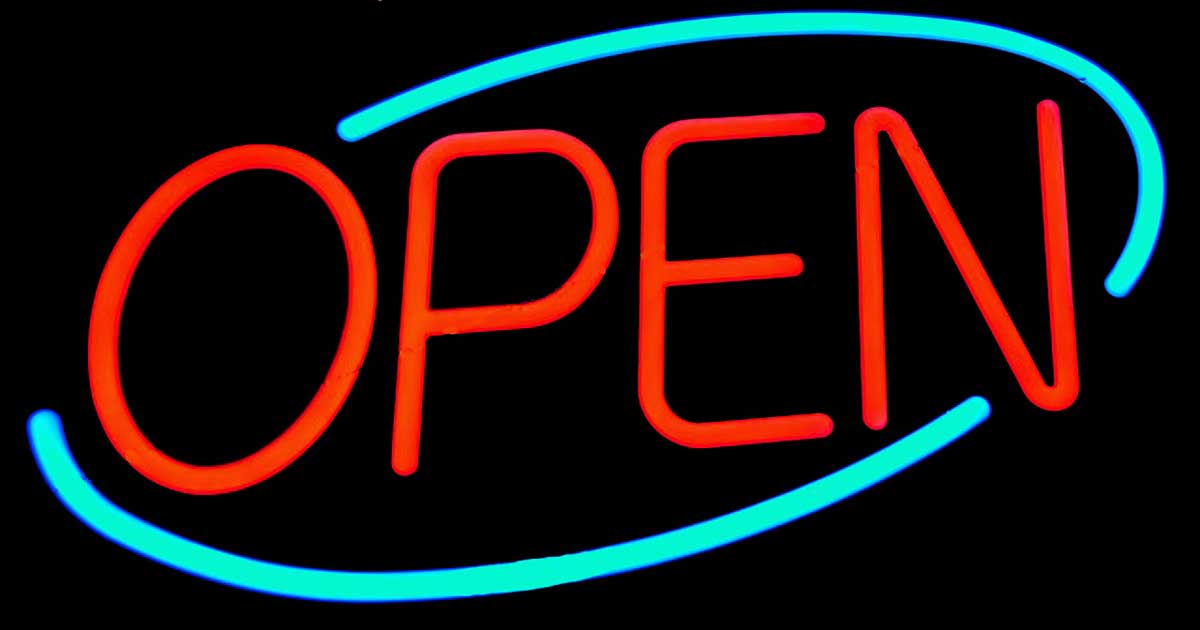The global digital signage market is expected to reach an estimated $31.7 billion by 2025, nearly doubling its value from three years ago. But for some branding campaigns, less will always be more.
On Valentine’s Day 1990, 13 years and 4 billion miles into a joyride that traversed the fringes of our solar system—Jupiter’s van Gogh-meets-Dali-level surrealism to Saturn’s celestial rings—Voyager 1 spun around for one last look at our home planet. And the most successful branding campaign the world has ever seen commenced.
Dubbed the “Pale Blue Dot” by astrophysicist Carl Sagan, the portrait of Earth, for all its glory, would henceforth be etched into the mind as a barely recognizable pinpoint of blue, a mere 0.12 pixel among monolithic strands of violet, blue and green light and the stark vastness of space. Squint your eyes, there it is. The depository for life as we know it—all hopes, failures, triumphs, lessons learned and redemption—told by an image reminiscent of a fictional, faraway land. Welcome to Whoville. You are here.
Squint your eyes, there it is. The depository for life as we know it—all hopes, failures, triumphs, lessons learned and redemption—told by an image reminiscent of a fictional, faraway land. Welcome to Whoville. You are here.
“Look again at that dot,” Sagan would later say. “That's here. That's home. That's us. On it everyone you love, everyone you know, everyone you ever heard of, every human being who ever was, lived out their lives on a mote of dust suspended in a sunbeam.”
No digital displays needed. No table mapping. No AI. Just a story, a sense of place and belonging. Earth is where humans make their stand. And your event is where you make yours. Here are three ideas for doing just that.
What Kind of Signage Do I Actually Need?
Digital and old-school signage strategies have the same end game: awareness, connection and behavior modification. One foolproof, time-honored tactic of both strategies is power of a single visual—emotionally evocative in its simplicity, provocative enough to discuss and share.
Research on the subject has concluded that we process images roughly 60,000 times faster than text. Popular TV shows streamed through Netflix, Hulu and Amazon have figured out a way to leverage this concept through a combination of technology and old-school visuals. With a single typographic flash card, the audience gets a teaser at the opening of every episode that creates binge-worthy intrigue. Events should be binge-worthy too—every piece of content creating movement of mind and a craving for more.
A typographic-driven teaser, just like the TV flash cards that use catchphrases instead of the same title again and again (think: “sort of surviving,” “did he do it?” or “in my pocket is”), can help to create a binge-worthy event. The teaser may also be the usual title with a twist—something askew—whether color, a call to action or a “one of these things is not like the other” added element to the visual that adds a dash of mystery.
Rise of the Spoken Word
Along with a strong visual that “speaks” to your event’s message, spoken words can be equally powerful—as powerful as music, according to researchers. Using psychophysiology, neuroimaging and behavioral responses to measure aesthetic pleasure, researchers now know that the effects of spoken word poetry are largely analogous to those found in music, specifically peak emotional responses such as facial expressions, chills and goosebumps. Some theories suggest part of the power of spoken word poetry is the fact that it dates back 4,300 years as the most ancient record of human literature, summoning the instinctual, primordial part of the brain into action. How it works at events? A poet experiences your event, “eavesdrops” on attendees and then puts together a poem that speaks to the event’s essence.
Living Signage
Businesses are ecosystems; ecosystems are living things. So why not create signage that leaves a living legacy. This could be a succulent workshop where teams work together to create the ultimate symbol and thus meaning of their event, each attendee taking a plant home to nurture. Or perhaps a CSR project where they work with local communities to grow gardens, plants trees or reskill workers into trades that support sustainability such as beekeeping. What greater, more impactful signage is there than a living legacy?







